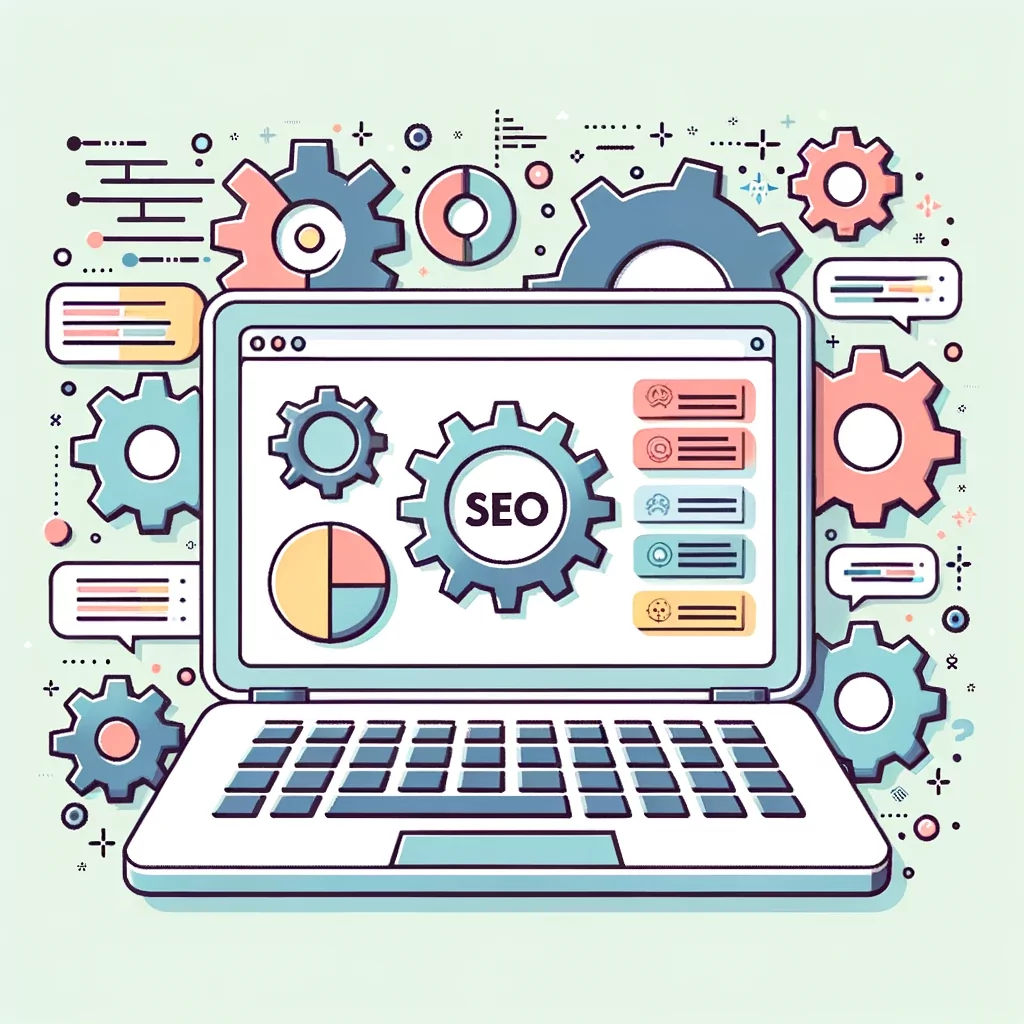In today’s digital marketplace, optimizing your Shopify store for mobile users is not just beneficial; it’s essential. With over half of web traffic now coming from mobile devices, a seamless mobile experience can dramatically boost your sales. This post dives into effective mobile SEO strategies for Shopify, ensuring your store isn’t just visible but irresistible to mobile shoppers.
By refining the user journey on mobile, you can turn casual browsers into loyal customers. This guide will lead you through the steps needed to optimize your Shopify store for mobile users, focusing on SEO techniques that enhance user experience and drive sales.
Importance of Mobile Optimization for Shopify Stores
Mobile optimization is no longer optional for eCommerce success. For Shopify store owners, it’s crucial to understand that a mobile-friendly website can significantly impact buyer behavior. Mobile users expect fast, accessible, and seamless shopping experiences. If your store doesn’t meet these expectations, you risk losing potential sales and damaging your brand’s reputation.
Furthermore, Google’s mobile-first indexing means your mobile site’s performance directly affects your search engine ranking. A well-optimized mobile site not only appeals to customers but also ranks higher in search results. This dual benefit makes mobile optimization a key strategy for increasing visibility and sales.
Streamlining the Mobile User Interface
A user-friendly mobile interface is the cornerstone of a successful mobile SEO strategy. Your Shopify store should boast a clean, intuitive design that facilitates easy navigation. Large, easily clickable buttons and readable fonts are essential. Remember, the smoother the user experience, the more likely visitors are to make a purchase.
Additionally, consider the overall aesthetic of your mobile site. It should reflect your brand’s image while being optimized for smaller screens. This means rethinking the layout, ensuring images load quickly, and minimizing text to improve readability and site speed.
Enhancing Mobile Page Speed
Page speed is a critical factor for mobile users. A slow-loading page is a surefire way to increase bounce rates and lose potential sales. For Shopify stores, optimizing images is a key step in improving page speed. Use compressed images that maintain quality but load faster.
Moreover, leverage browser caching and minimize redirects. These technical tweaks might seem minor, but they significantly contribute to a faster, more responsive mobile site. Remember, even a one-second delay in page loading can significantly impact customer satisfaction and conversion rates.
Utilizing Responsive Design
Responsive design is non-negotiable in today’s mobile-first world. This approach ensures that your Shopify store looks great and functions flawlessly across all devices and screen sizes. With responsive design, your site automatically adjusts its layout and content to fit the device it’s being viewed on, providing an optimal user experience.
Implementing a responsive design not only improves user experience but also simplifies your SEO strategy. It eliminates the need for a separate mobile site, making it easier to manage and optimize your online presence.
Mobile SEO Best Practices
To maximize your Shopify store’s performance on mobile, adhere to SEO best practices. First, ensure your site is easily crawlable and indexable by search engines. Use structured data to help search engines understand your content better. Also, optimize your meta titles and descriptions for mobile users, keeping them concise and informative.
Furthermore, incorporate local SEO strategies if your business has a physical location. This includes optimizing for local keywords and ensuring your business is listed in relevant local directories. Local SEO can drive significant traffic, especially for mobile users searching on the go.
Dos and Don’ts of Mobile SEO for Shopify Stores
DO: Prioritize User Experience
- Do ensure your Shopify store is easy to navigate on mobile devices. This includes clear menus, accessible search functions, and a straightforward checkout process.
- Do use large, readable fonts and buttons that are easy to click on a small screen. This improves usability and encourages longer site visits.
DON’T: Overlook Page Speed
- Don’t ignore the importance of mobile page speed. Slow-loading pages drive customers away and negatively impact your search engine rankings.
- Don’t use high-resolution images that take a long time to load. Opt for compressed images that maintain quality but are optimized for quick loading.
DO: Implement Responsive Design
- Do adopt a responsive design for your Shopify store. This ensures your site adapts to any screen size, providing a consistent experience across devices.
- Do regularly test your site on various devices to ensure compatibility and performance.
DON’T: Neglect Mobile SEO Best Practices
- Don’t forget to optimize your meta titles and descriptions for mobile users. Keep them concise and engaging to capture the mobile audience.
- Don’t overlook the importance of structured data. It helps search engines understand and index your content more effectively.
DO: Focus on Local SEO
- Do include local SEO in your strategy if your business has a physical presence. Optimize for local keywords and ensure your local listings are accurate and complete.
- Do encourage customers to leave reviews, especially on local directories. Positive reviews can significantly boost your local SEO efforts.
DON’T: Disregard Technical SEO
- Don’t let technical SEO issues like crawl errors or broken links go unresolved. Regularly audit your site to ensure it’s easily accessible to search engines.
- Don’t forget to optimize your site’s load time and minimize redirects, which can hinder your site’s performance on mobile devices.
Conclusion
Optimizing your Shopify store for mobile SEO is not just about adapting to a trend; it’s about meeting your customers where they are. By refining the mobile user journey, you enhance user experience, improve search engine rankings, and ultimately drive more sales. Remember, a mobile-optimized site is your gateway to reaching a wider, more engaged audience.
Explore our latest blog post for more insights and strategies to elevate your eCommerce success: Backlinks and Shopify SEO: Building a Credible and Pertinent Profile


